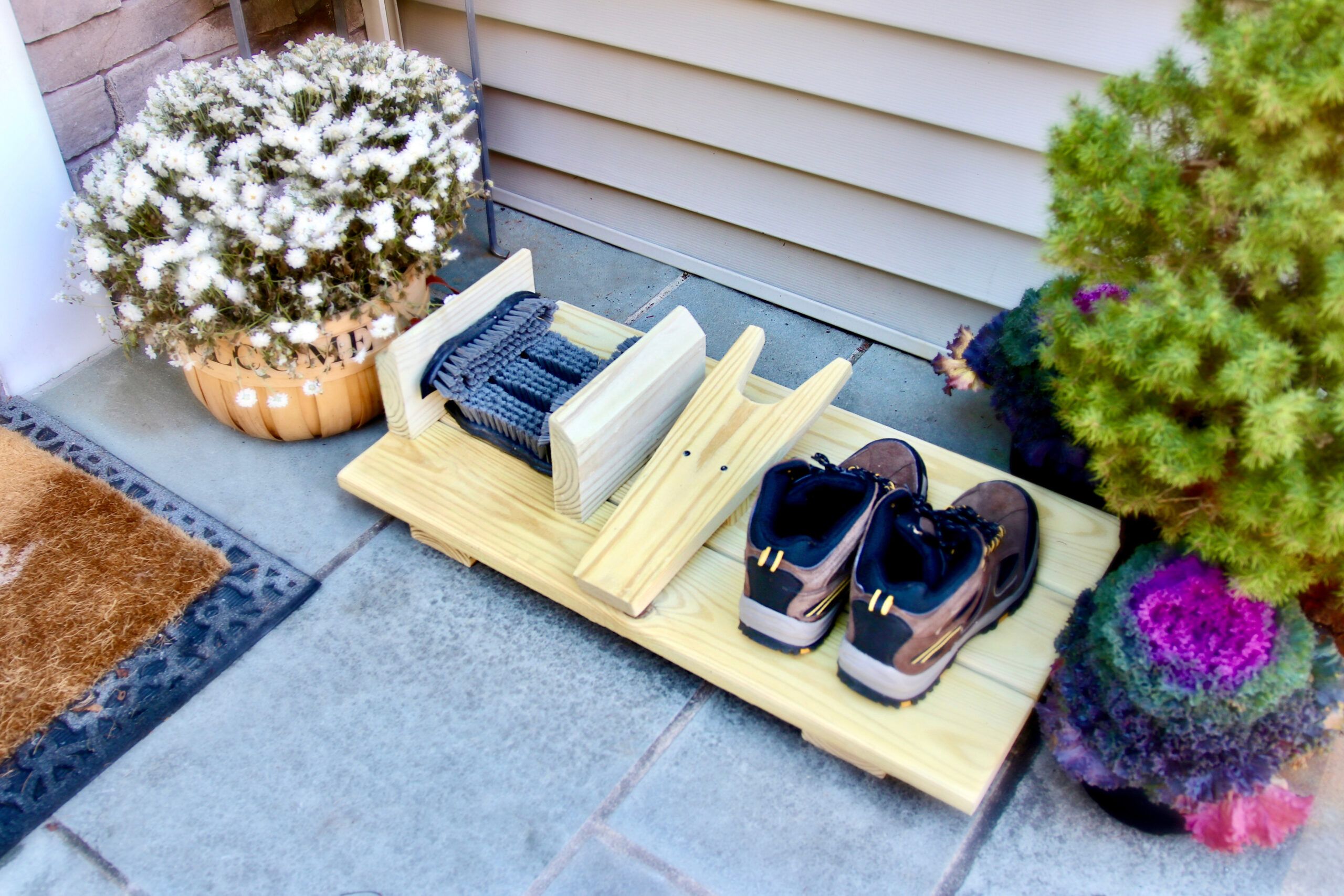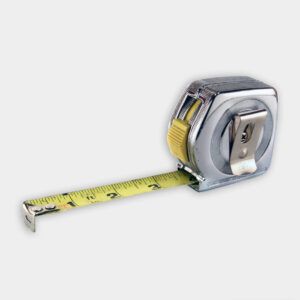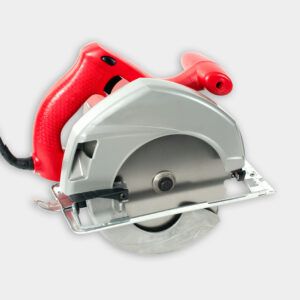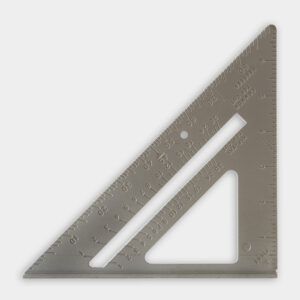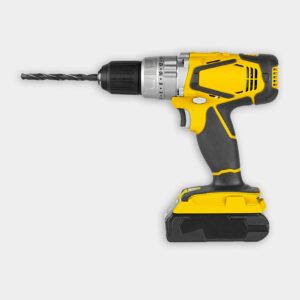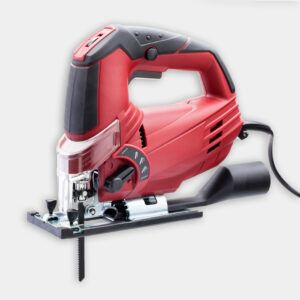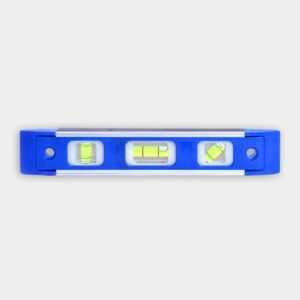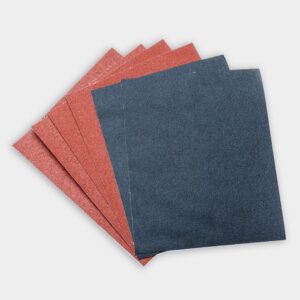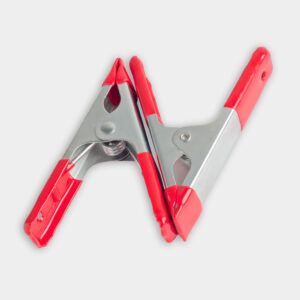Project details
Skill
Cost
Estimated Time
A dedicated space to clean and remove footwear before entering the house prevents mud and dirt from being tracked indoors. With a custom-built boot washing station, you can save time on cleaning and help maintain the cleanliness of your home.
See the guide below to learn how to build a shoe cleaning station you can stash outside the entryway to clean your hardworking boots. Because this cleaning station is made from weather-resistant, pressure-treated pine, you can leave it outside.
Want one to use in your mudroom instead? Upgrade your cleaning station by using cedar wood and adding a metal boot tray. While this design provides enough room to store one pair of boots, you can easily make the base longer to accommodate multiple pairs.
Boot Washing Station: Step-by-Step Construction Guide
Our design includes a boot jack to help you remove your shoes and built-in storage where they can dry.
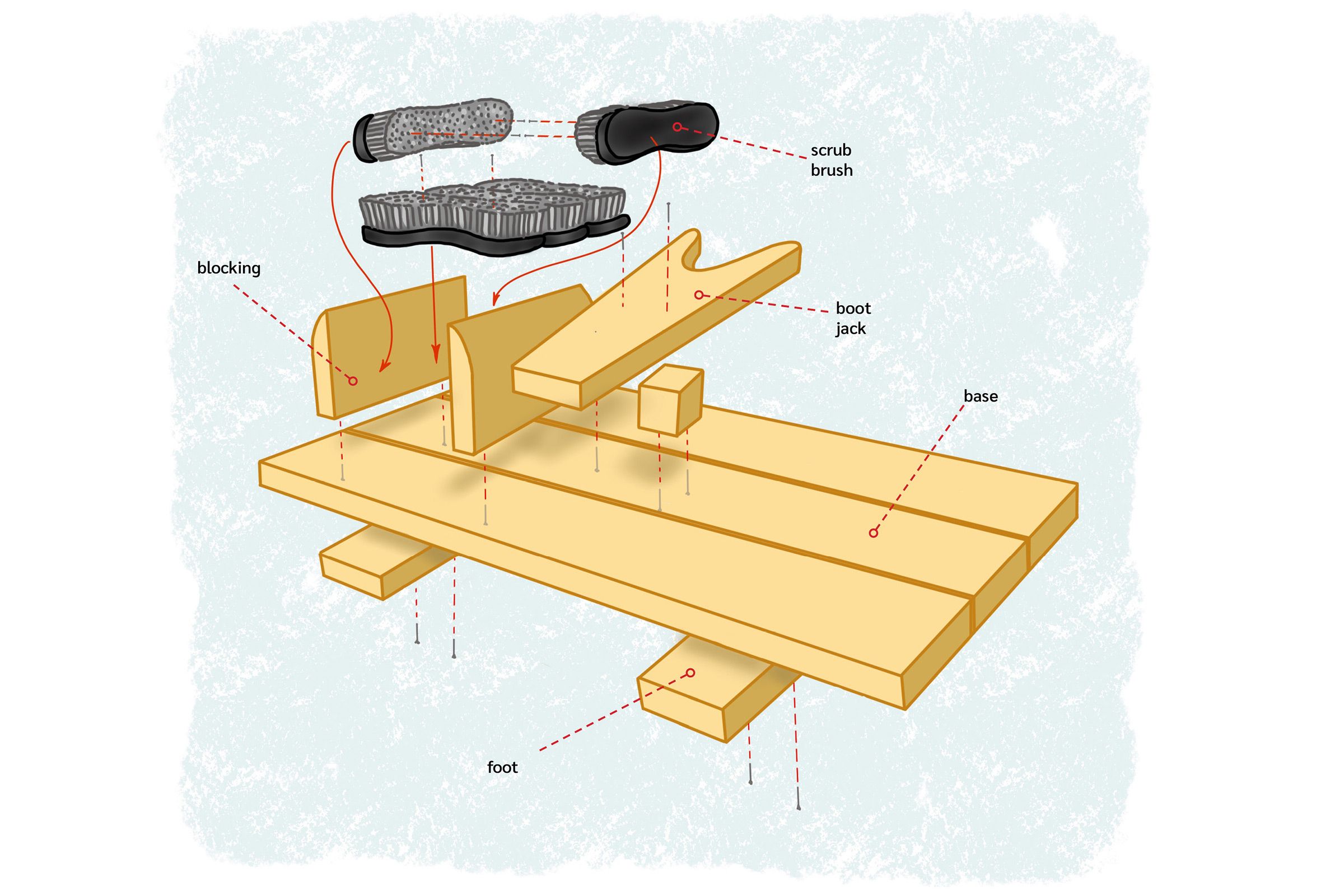
Tools and Materials You’ll Need To Build a Boot Washing Station
The key to the ideal boot cleaning station is finding the right brushes. Ideally, you’ll want synthetic brushes that are not so stiff that they scuff the leather but not so flimsy that they won’t remove debris. Search for brushes that have bristles of medium stiffness.
This cleaning station uses 9-inch-wide brushes, leaving about 5 inches between the brushes–enough to clear the underside of a size-14 boot. You could make this station narrower for smaller feet.
Materials
These are all available at big-box hardware stores.
- 1×6 pressure treated decking (1 @ 8 feet long)
- 2×4 pressure treated lumber (1 @ 4 feet long)
- 2×6 pressure treated lumber (1 @ 4 feet long)
- 2-inch exterior grade screws
- Scrub brush
Tools
These are likely in your tool collection already.
Cut List
Here are the cuts of wood you’ll need for the boot cleaning station:
- 1×6 pressure-treated base: 3 @ 17.25 inches long
- 2×4 pressure-treated base feet: 2 @ 15 inches long
- 2×6 pressure-treated brush holders: 2 @ 10 inches long
- 1×6 pressure-treated boot jack: 1 @ 16 inches long
- 2×4 beveled pressure-treated boot jack block: 1 @ 2 inches from long point of the 11-degree bevel
Step 1: Build the Base
Using a circular saw and a rafter square, trim an 8-foot length of pressure-treated decking into three boards, following the cut list. Using the same tools, cut a pair of 2×4 boards to about 15 inches for the feet.
Using a screw or a nail, space the deck boards to leave room for water to drain. Drive a pair of 2-inch screws through the 2x4s and into each deck board, so the feet are a few inches from the base’s edge.
Step 2: Size and Cut the Blocking
The boot cleaning area uses five brushes: three positioned on the base to scrub the underside of the boot and one on each block to clear the sides. This design uses 9-inch-wide brushes, leaving about 5 inches of space for a larger boot. To customize this for smaller footwear, you can buy shorter brushes or cut longer ones to length using a hand saw.
To create a more finished look and to help it shed water, we added a 45-degree bevel to the top of the 2×6 before cutting it into two side blocks. Here’s how to make it:
- Clamp the 2×6 to the work surface.
- Set the circular saw to 45 degrees and then cut the detail into the board.
- Using a circular saw and a rafter square, cut both of the 2×6 side blocks about an inch longer than the width of the brushes.
Step 3: Build the Boot Cleaner
Measure the overall height of the brushes that will rest face-up on the base, cleaning the underside of the boot. Mark that measurement onto the inside face of the side blocking, making sure the beveled edges shed water away from the brushes.
Using 2-inch screws, attach the brush to the blocking just above the measurement you just marked. There should be just enough room between the bottom of the side brushes to accommodate the floor bushes you’ll add later.
Repeat this process on the other side with another brush.
Next, position the left-side brush assembly onto the base, flush to the edge and roughly centered. Drive two screws through the underside of the base and into the blocking.
Add the three floor brushes, bristles facing up, by screwing through them and into the decking below with two fasteners per brush. Finally, add the right-side brush assembly.
Step 4: Mark the Boot Jack Mouth
Using a circular saw and a rafter square, cut a length of decking according to the cut list. Find the center of the board’s length, and mark it with a pencil.
Measure 4 ½ inches down from one end of the board and strike a line across the width. The 4 ½ inches between this line and the end are the front of the jack. The 11 ½ inches on the other side of the line is the back of the jack.
You’ll need a circular template to mark the mouth that grips the heel of the boot. Using a jar, can, or drinking glass between 2 5/8 and 3 inches wide as a pattern, position the template on the center line so its edge is on the 4 1/2-inch mark on the board. Trace the circle with a pencil.
Step 5: Finish Marking Cut Lines
To mark the opening of the boot jack, connect the radius of the circle to the narrow end of the board. Here’s how:
- Mark the circle’s radius.
- Mark 1 inch in from both edges on the front of the board.
- Connect each side of the circle’s radius to the 1-inch marks using the rafter square.
- On the back end of the boot jack, mark the taper by striking a line about 1 to 1 ¼-inches in from each side of the end.
- Use a straight edge or a level, and connect these lines to the 4 ½ inch mark you made earlier.
Step 6: Cut the Boot Jack
Clamp the boot jack to the work surface. Using a jigsaw, cut the front’s mouth and the back’s tapered back end. Use 80-grit sandpaper to remove the remaining pencil marks and to round the cut edges.
Clamp one end of the 2×4 to the work surface, set the circular saw to 11 degrees, and cut a bevel across the lumber. Mark about 1 ¾-inches down from the bevel’s long point, and strike a line. Then cut this at 90 degrees.
Step 7: Assemble the Boot Jack
Measure roughly the center of the boot jack and place the block underneath so the 11-degree bevel side rests against the boot jack.
Drive two screws through the boot jack and into the blocking. Turn the assembly over and drive two more screws through the base and into the block.
